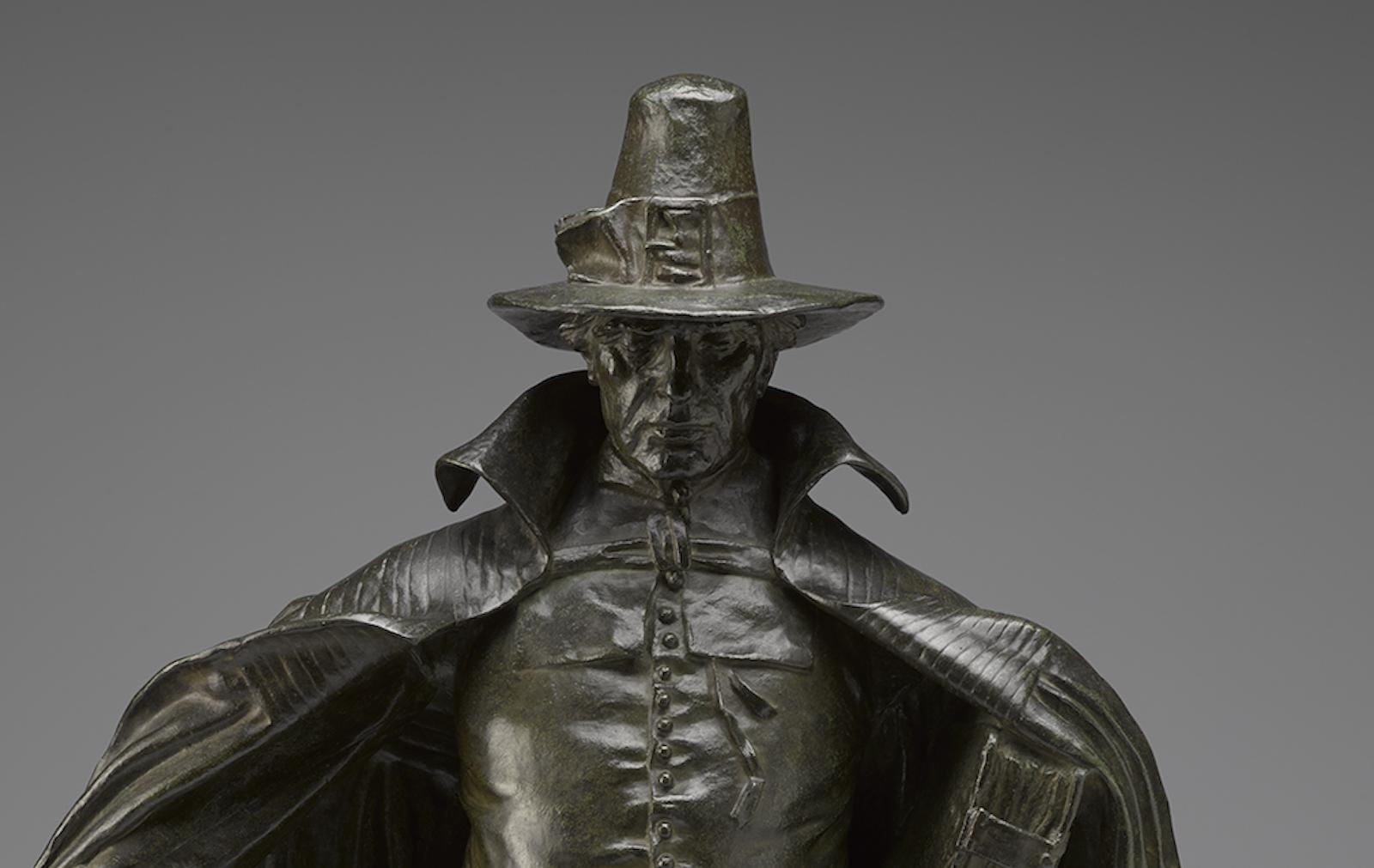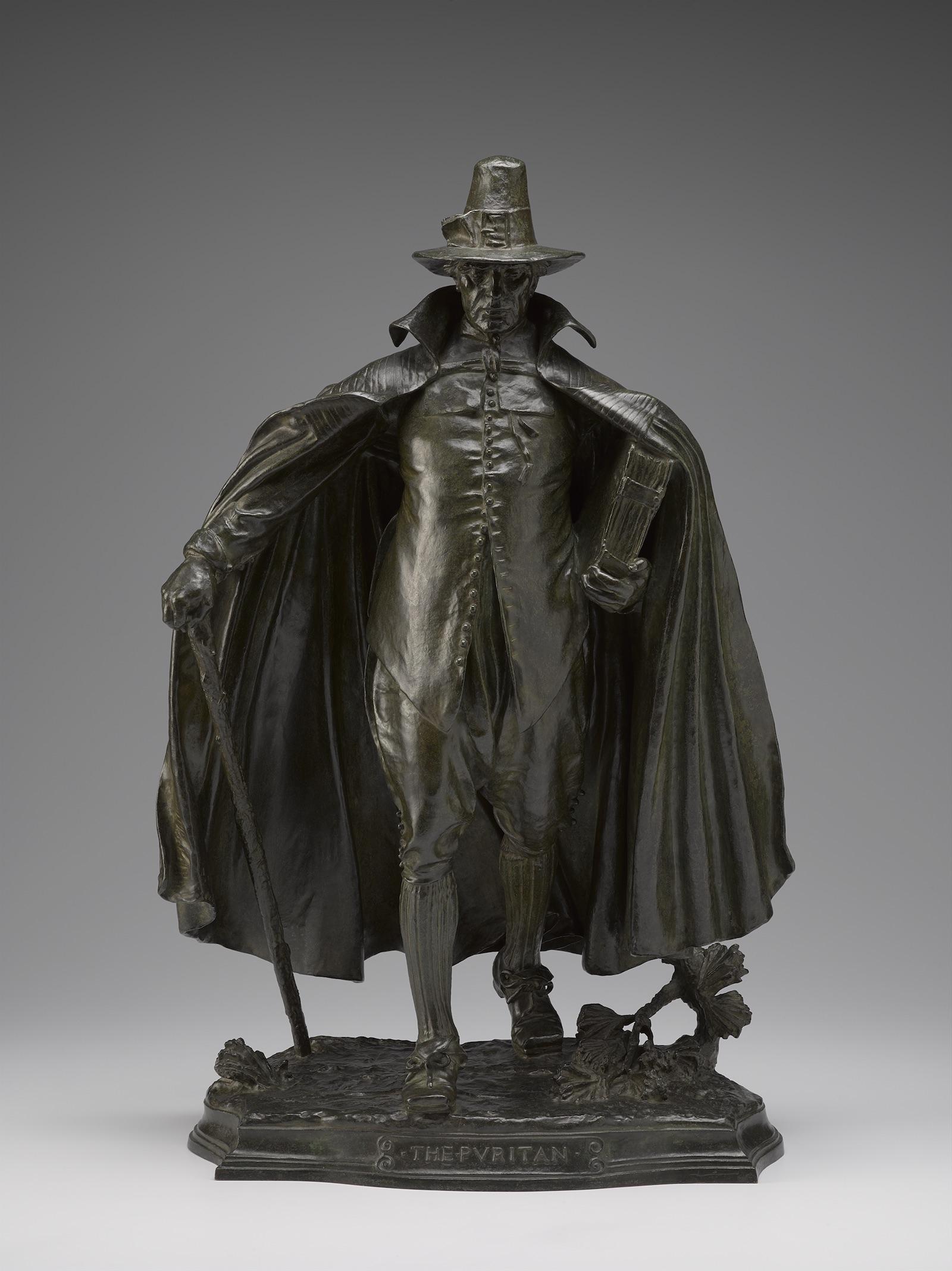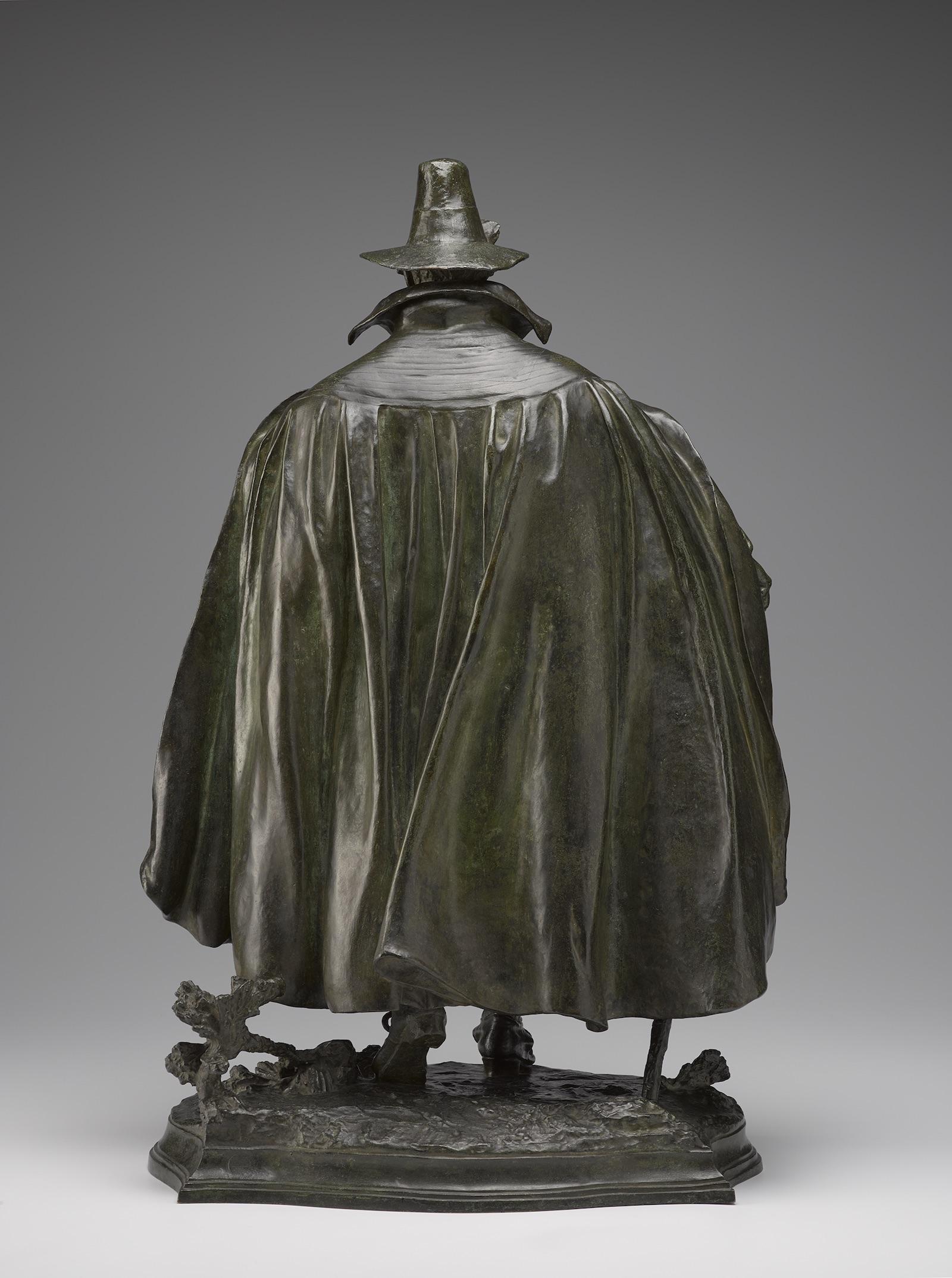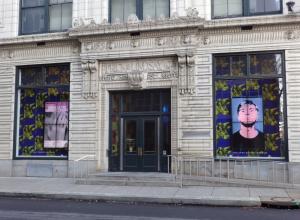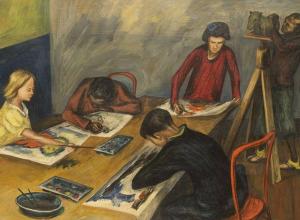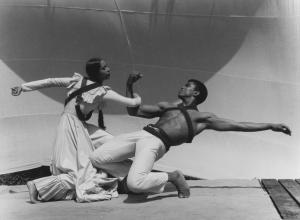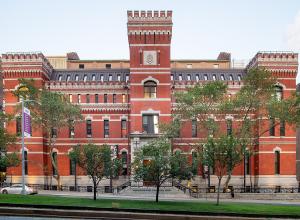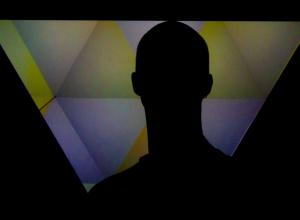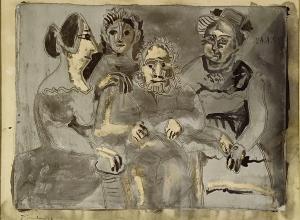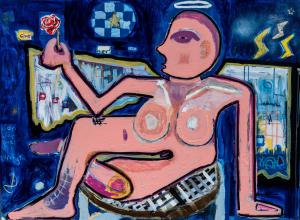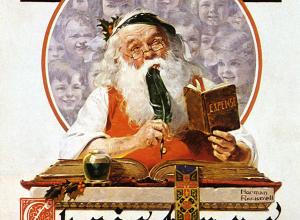Yet Chester Chapin commissioned not an established, American-born sculptor, but rather the Irish-born, thirty-three-year-old Augustus Saint-Gaudens. The sculptor’s eight-foot-tall statue of Chapin, named The Puritan, was placed in Springfield, MA, where it still stands today.
The larger-than-life statue in Massachusetts became so popular that Saint-Gaudens created dozens of smaller casts beginning in 1886, including the thirty-one-inch-tall version on display at the North Carolina Museum of Art (NCMA) and featured in today’s column.
The historical context of The Puritan is complex: the statue reflects the nascent political system of seventeenth-century New England, the bruised status of the United States at her centennial in the 1880s, and our current climate regarding statues of political figures.




